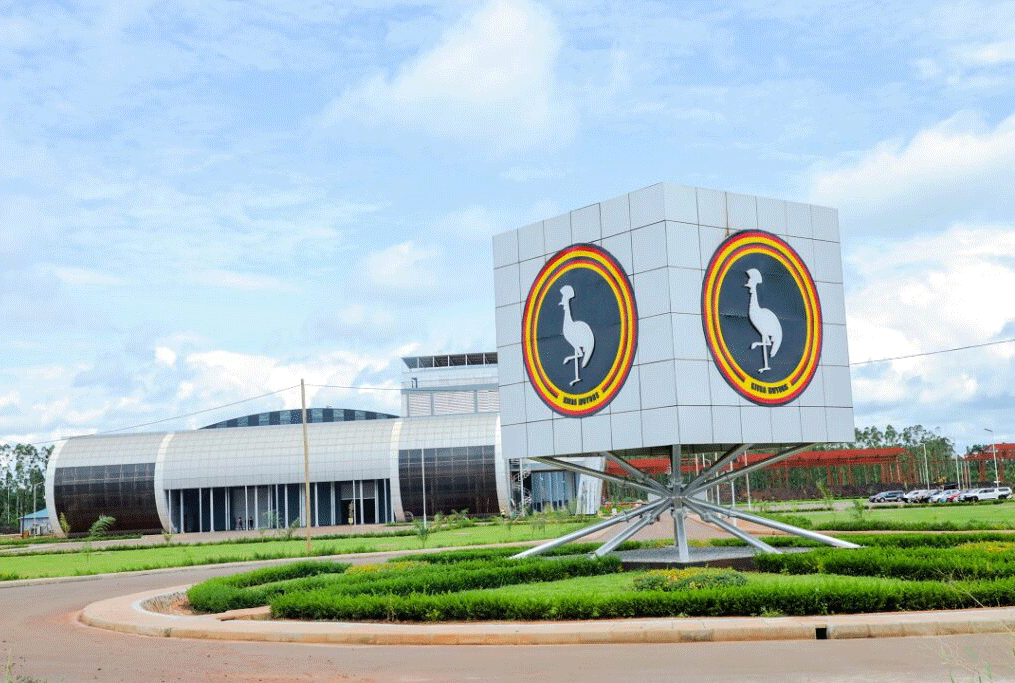Prime
Vehicle manufacturing plant 95% complete, says Kiira

Construction of the plant in the eastern city of Jinja commenced in February 2019. Photo / File
What you need to know:
- Kiira says the plant, which can produce 2,500 annually in the short term, will be commissioned in October 2024
Kiira Motor Corporation has said that work on its motor vehicle manufacturing plant in Jinja City is 95 percent complete.
Speaking during a media tour of the factory, Mr Paul Musasizi, the Kiira Motor Corporation chief executive officer, said the plant, which can produce 2,500 annually in the short term, will be commissioned in October 2024.
“In the medium term which is five years to come, 22 buses will be produced per day, 200 in a month and 5,000 in a year,” he said, noting that the plant will be fitted with 163 machines, all of which have different functions in the vehicle manufacturing value chain and if fully functional, will have the capacity to produce at least 20,000 cars per annum and in the long run increase 20 fold.
Construction of the plant commenced in February 2019, undertaken by the UPDF Engineering Brigade under the National Enterprise Corporation. By 2020, Kiira had indicated that progress was at 60 percent.
The plant will also be key in pushing the e-mobility agenda outlined in the National e-Mobility Strategy under the Ministry of Science, Innovation and Technology.
Uganda, data indicates, currently has 700 e-vehicles, 3,000 e-motorcycles.
Ms Monica Musenero, the Minister for Science, Innovation and Technology, said for Uganda to transform its mobility industry, government will be intentional by taking all the required effort, and resources to build an efficient sector.
“Things that are done quickly do not build a nation,” she said, noting that now that the plant is nearing completion, it opens up the door for vehicle manufacturing and places Uganda among countries that are transitioning into automobile manufacturers.
Under the National e-Mobility Strategy, government indicates that it will require at least $1.74b (Shs6.4 trillion), in the five years to 2028, to implement the e-mobility strategy that will position Uganda as a net source, rather than a consumer of e-mobility tools and solutions.
The strategy, government says, when fully implemented will, by 2040, see Uganda’s e-mobility sector contribute 12.5 percent to gross domestic product, create more than 500,000 green jobs, localise 65 percent of the e-mobility value chain, and reduce transport-based emissions by more than 25 percent.




